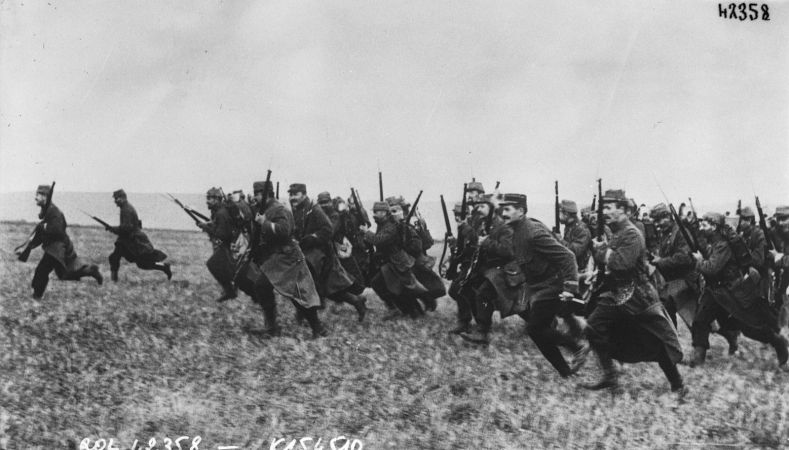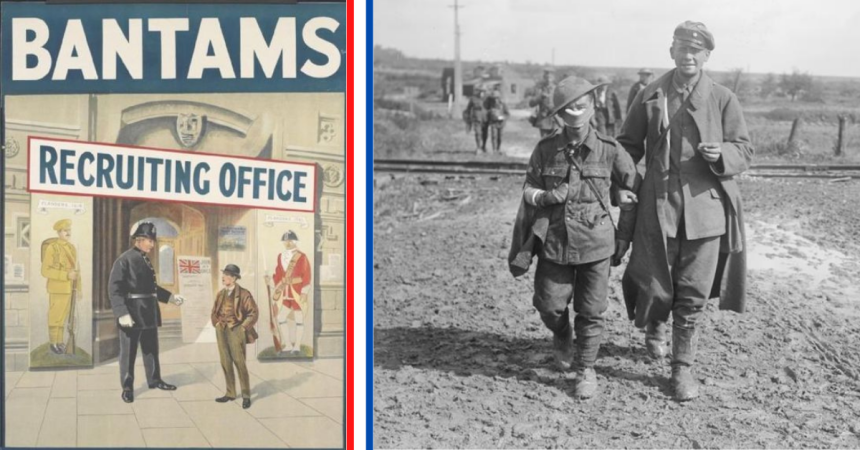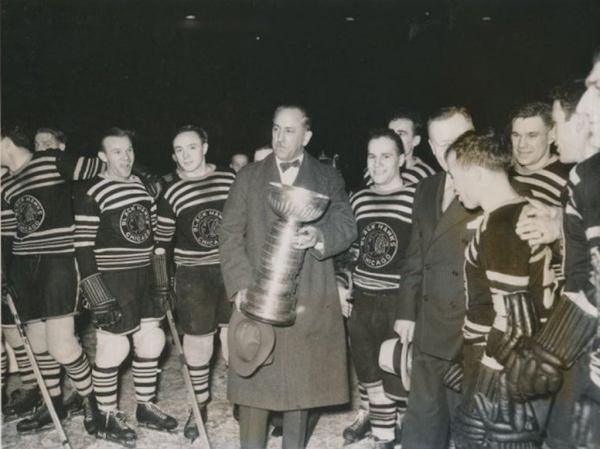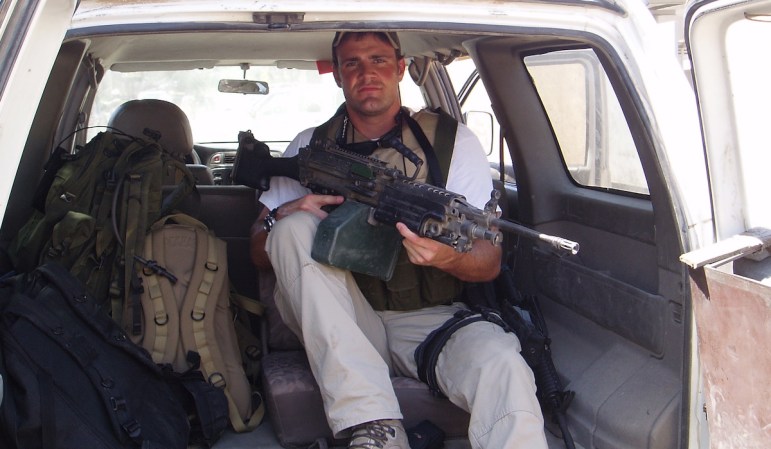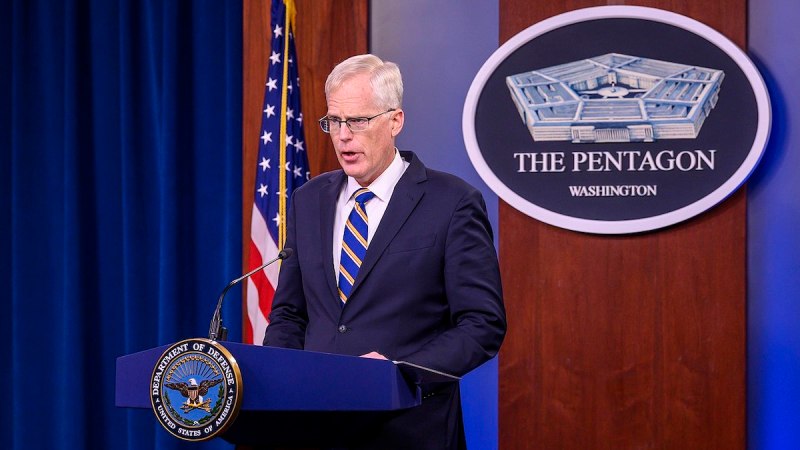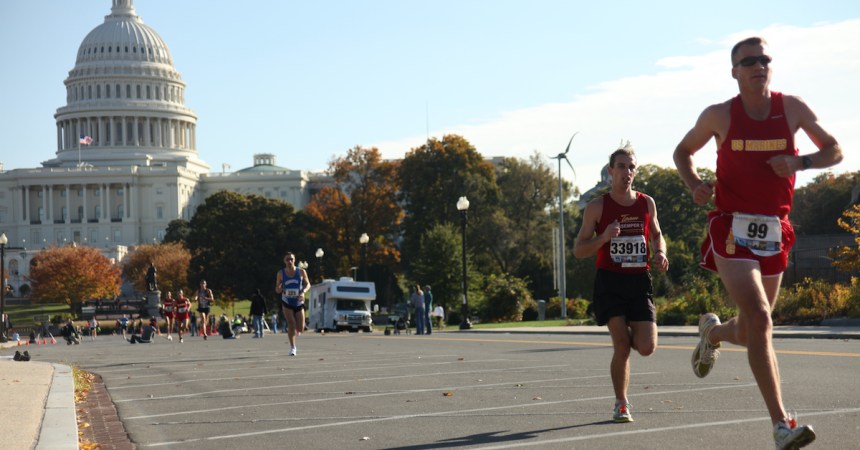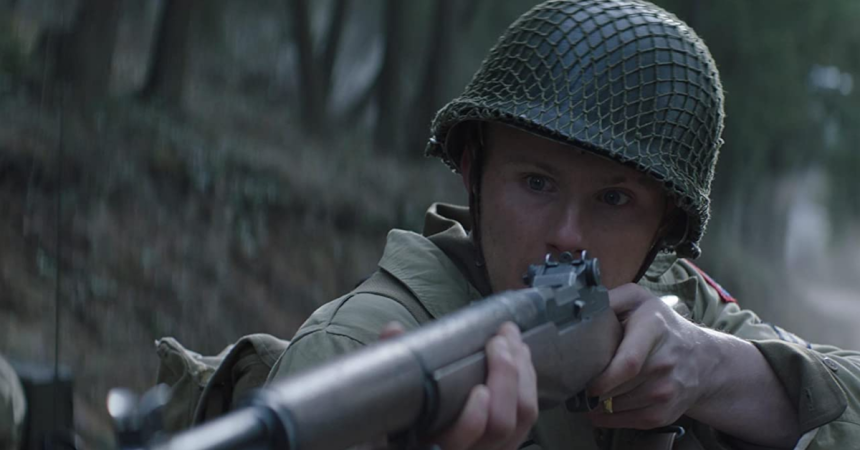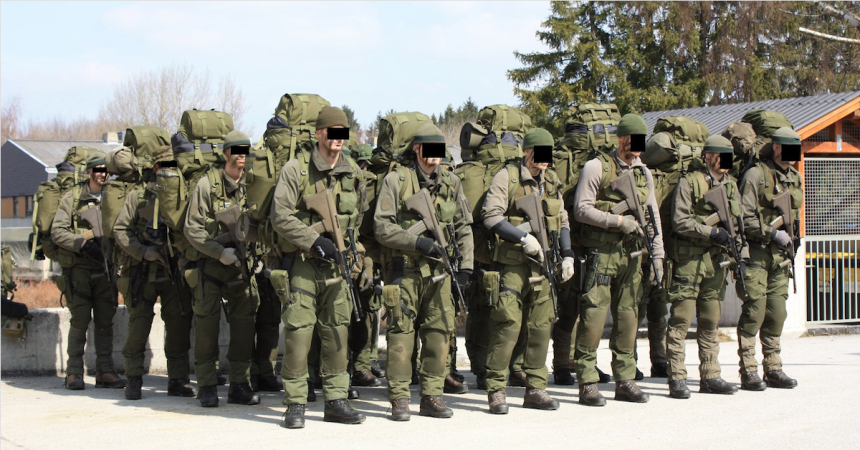When America entered World War I, it brought more radical changes than just fresh troops and a huge manufacturing base. It also introduced novel tactics in the fight against venereal disease — the war for infantrymen’s penises.

Specifically, “go and don’t bring back venereal diseases.”
(The Museum of New Zealand)
See, while World War I was a bone-crunching and horrible war, those who rotated off the front were still willing to stand at attention for a little morale improvement. Unfortunately, troops wouldn’t always report it if their li’l Joes encountered some biological warfare on the battlefield.
All euphemisms aside, lots of troops were sleeping with lots of women whenever they got the chance, leading to an outbreak of sexually transmitted diseases. Because of social stigmas, many troops wouldn’t report it when they contracted one of the STDs, further propelling the problem.
As American troops and their physicians made their way to the front, leaders had to decide how to prevent the same issue among U.S. ranks. While the European powers had embraced a program of abstinence, the U.S. Army created a four-pronged attack on venereal disease.

Alcohol wasn’t popular in the U.S. before or after the war. Remember, America entered World War I just three years before it enacted Prohibition.
(United Committee on War Temperance)
The first two prongs were social: First, the U.S. cracked down on access to alcohol and prostitutes in the ranks. While this, obviously, eliminated American forces from most of the fun trenches of France, it would also serve to cut down on how often the soldiers were exposed to venereal disease. Then, authorities launched an education campaign, ostensibly to help men “Just Say No” to diseased genitals.
Oddly enough, this second prong, “education,” was actually controversial. Birth control education was actually illegal in America during World War I and had been since 1873. In fact, a high-profile arrest in 1916 occurred when a woman opened America’s first birth control clinic.
The next prong represented the biggest shift from Europe abstinence program. The U.S. distributed “prophylactics,” or condoms. Condoms help prevent the spread of sexually transmitted diseases and infections, especially gonorrhea and chlamydia, which were big threats in France at the times. Condoms also cut down on the transmission of syphilis, another widespread disease.

It wasn’t just prostitutes that American G.I.s were able to attract, either. Remember that Britain and France had been at war for almost three years when America came along, and huge numbers of their military-age males were already dead. Plenty of women looking for boyfriends and husbands had few options beyond traveling soldiers.
(Imperial War Museum)
This was also illegal in World War I in some parts of the country and would remain so until 1965 when the U.S. Supreme Court struck down a law banning birth control — but hey, troops get certain exemptions. When you bend the rules to ask a guy to kill for you, you should probably loosen the rules about teaching him how to get laid without contracting disease or conceiving a baby.
These three prongs helped but, of course, even if the troops never got drunk with a prostitute and used a new condom every time they had sex, some guys would still get unlucky and contract a disease or two. So, prong four of the plan was an emphasis on medical care. Report the disease when you’re sick, come to the clinic, and get diagnosed and treated.
All of these efforts were buffed by other programs advocated by Army doctors, like the “furnishing of healthy social conditions and of opportunities for diversion….” Basically, keep the troops too busy with the YMCA and and other social organizations that they wouldn’t get so bored they’d slip out of camp to look for prostitutes.

This was the treatment for gonorrhea in those days, an injection into the urethra. We can’t understand why troops might’ve avoided seeing the doctor.
(Public domain)
And there was a stick that backed up the carrot. Any soldier who contracted an STI and didn’t seek treatment would face trial and imprisonment.
Yeah, get the drip-drop and don’t report to the docs, you’re going to the stocks.
And the policies worked, to an extent. Of course some guys got sick and passed the disease along before getting treatment, but disease levels were lower in the U.S. camps than in British and French ones.

Front and back cover on a War Department pamphlet advocating veterans engage in a war against venereal disease back in the U.S.
(War Department)
So the allies followed suit, distributing condoms and providing distractions. Again, no plan was perfect, and there were limits to what medicine was capable of at the time, so not all troops who got sick were guaranteed recovery with treatment.
The efforts to protect troops from STDs in World War I were repeated in World War II — and led to the slow expansion of birth control and disease prevention at home. Troops were sent home with books about venereal disease, but these typically advocated abstinence in place of the condoms and medical treatment provided in the trenches.








